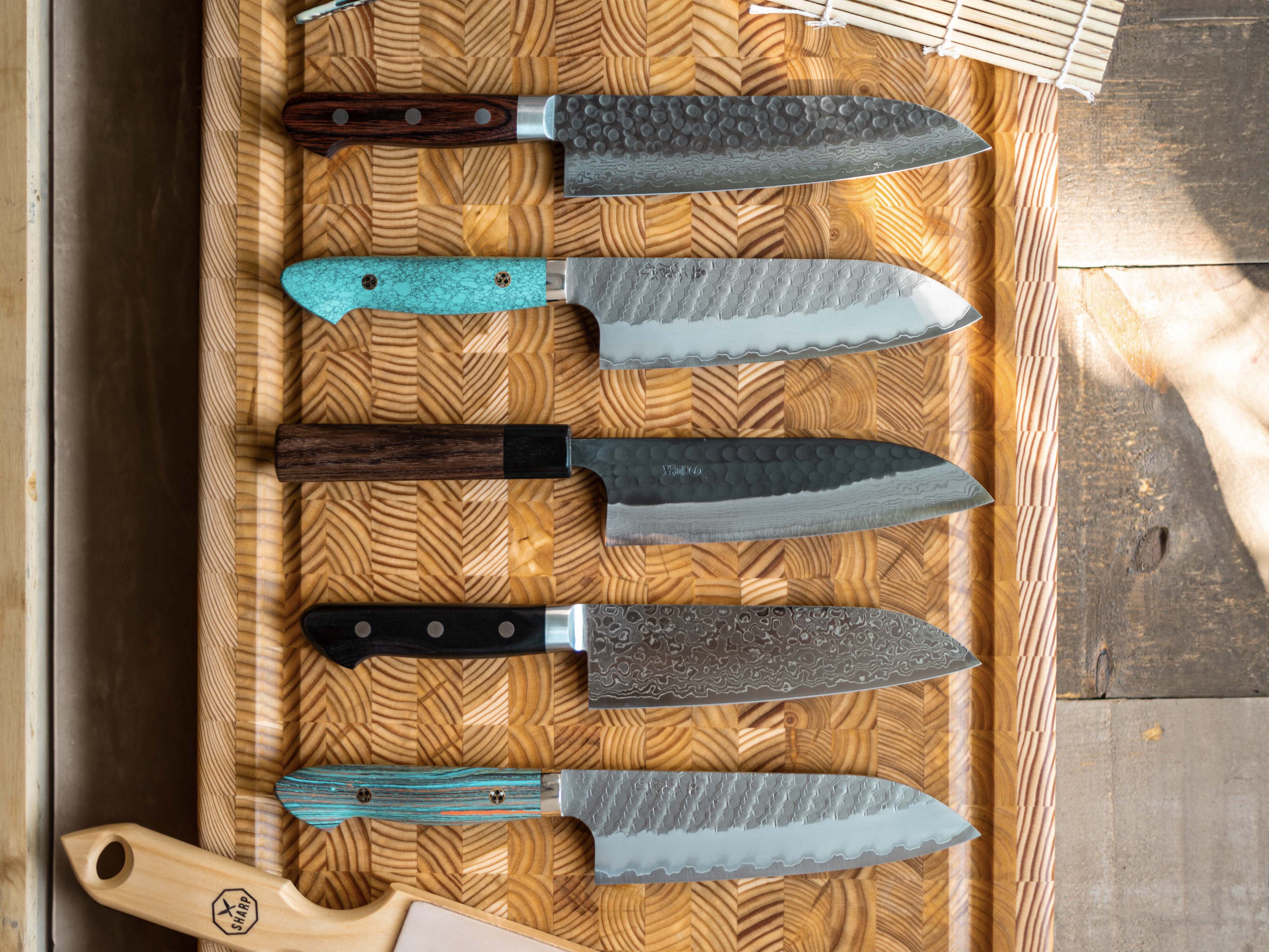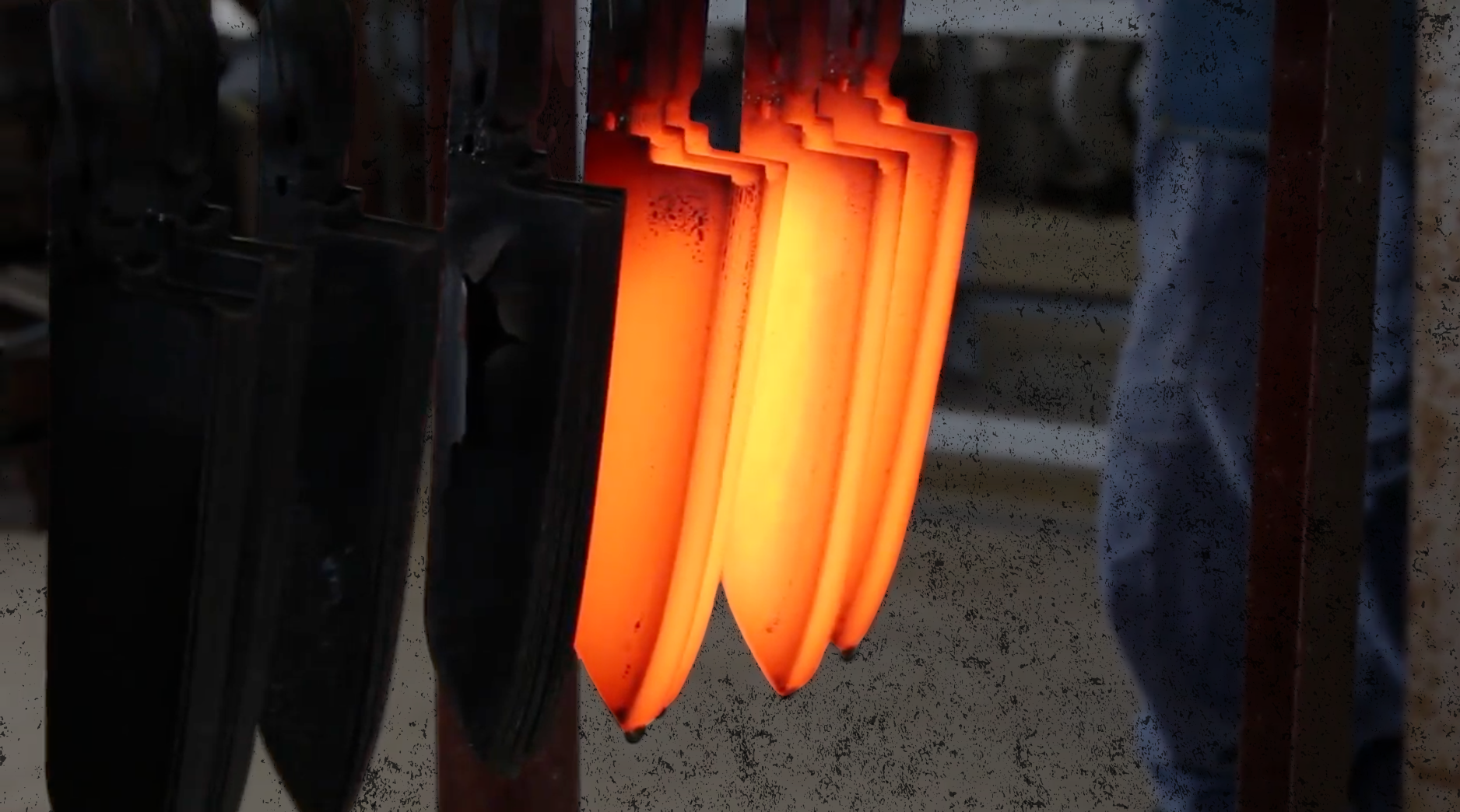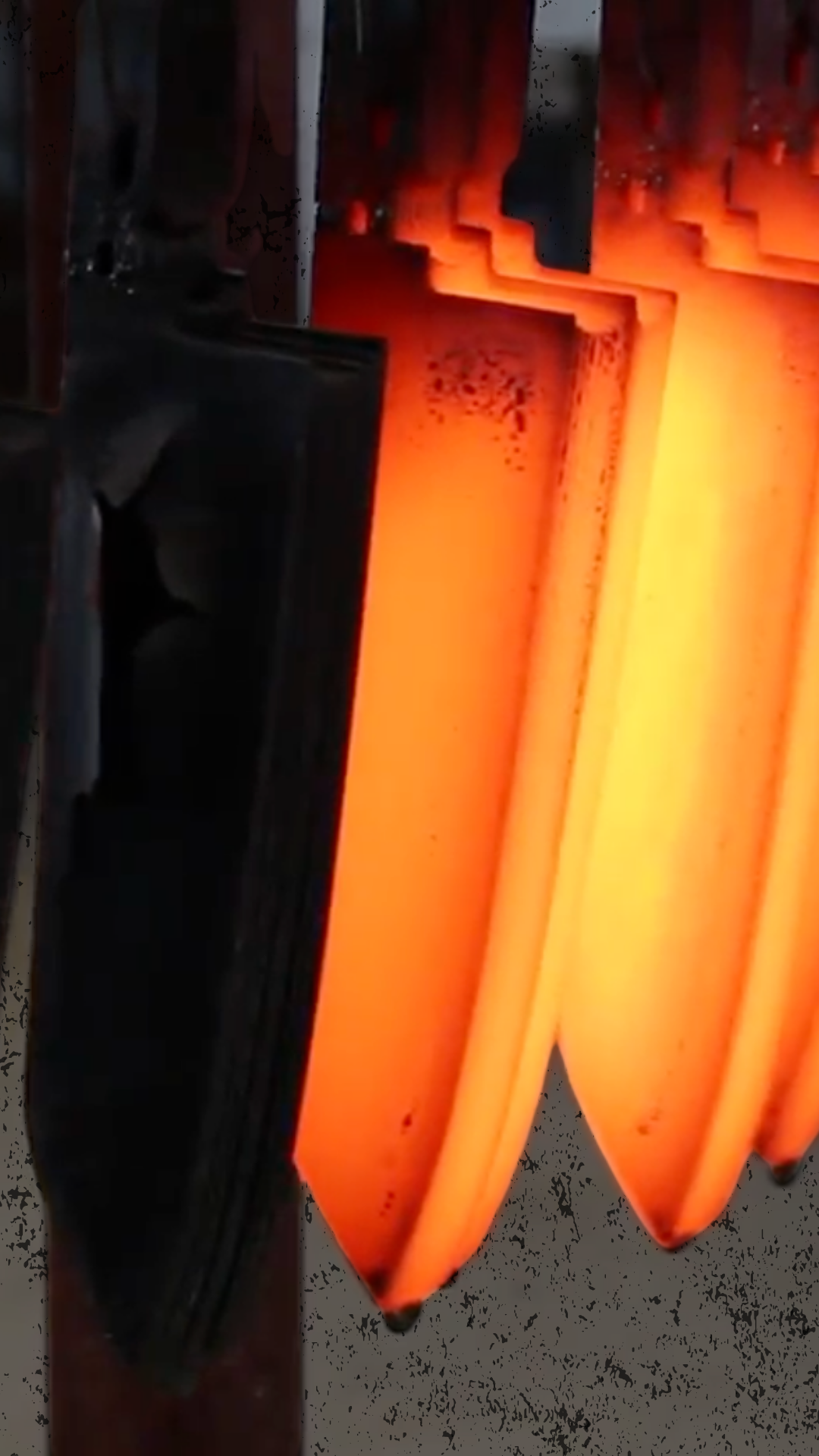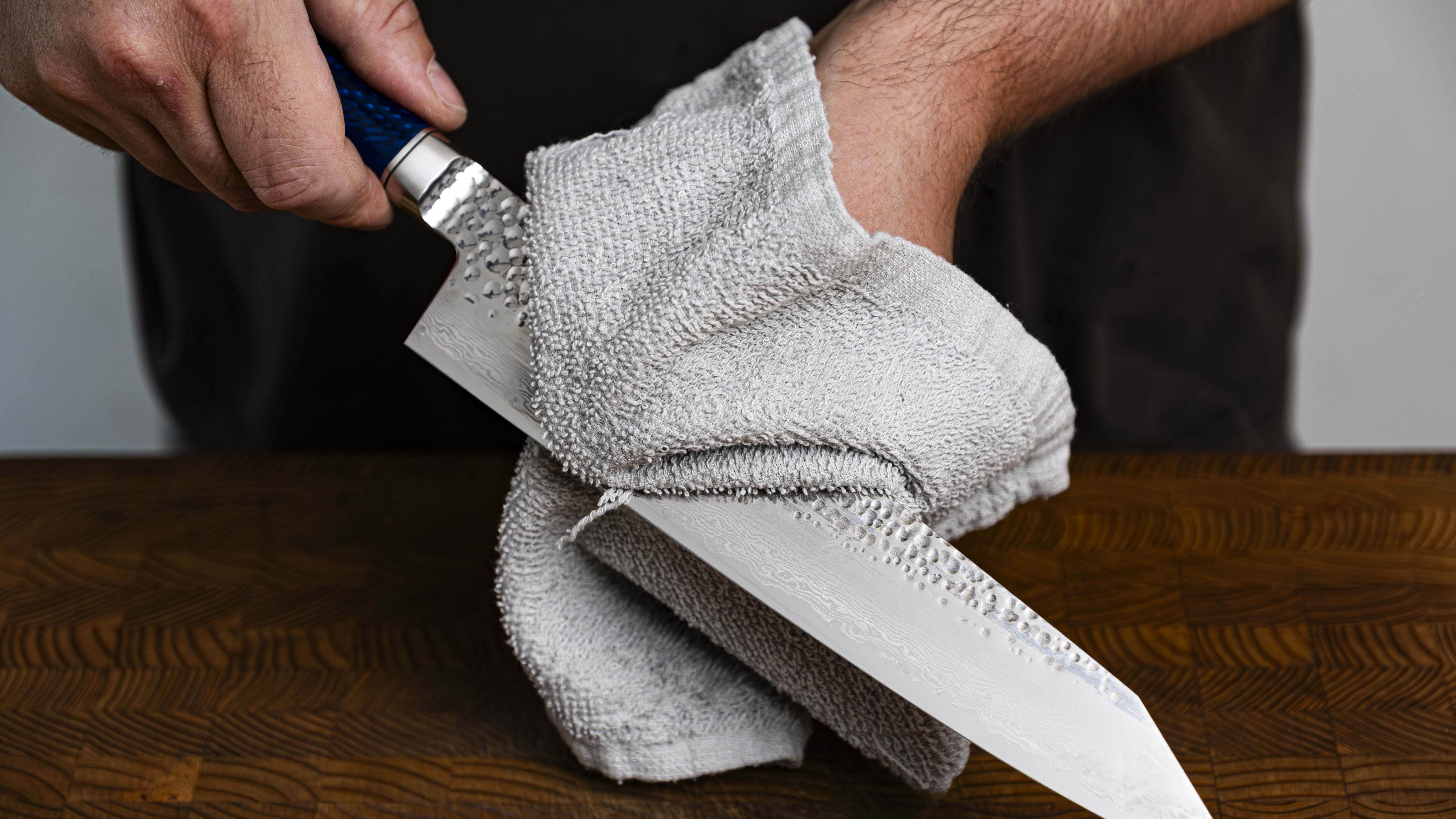Menu

THE BLACKSMITH
MATSUBARA HAMONO
- Choosing a selection results in a full page refresh.
















Usually ready in 1 hour
| Blade Length | 170 mm |
| Total Length | 320 mm |
| Steel | Aogami (Blue #2) Stainless Clad |
| Handle | Custom |
| Ferrule | Custom |
| Rockwell | 63-64 |
| Height Spine to heel | 50 mm |
| Width at Spine | 3.3 mm |
| Weight | 166 grams |
| Bevel | Double (50/50) |
The Blacksmith
Tanaka Kama Kogyo is the current head blacksmith and owner of Matsubara Hamono and he along with his wife, son, mother and two other employees work together to produce their amazing knives. Tanakak-san is a very experience bladesmith and began his journey into knife making at only 20 years on in 1982. He and his team create beautiful and high performing knives that are sought after for their amazing heat treatment and tall blades.
Matsubara Hamono is a long standing knife company that can trace it's roots back as far as 1185 when an ancestor of the shop Master Yukiyasu Namiohira joined the Taira clan as a sword maker. The Taira clan was defeated by the Minamoto clan during the battle of Dannoura but Naminohira-san was able to escape and flee to Hyuga (Modern day Miyazaki prefecture) to continue his craft. During the civil war period at the end of the 15th century to the end of the 16th century, Swords were in high demand and the descendants of Naminohiro-san were busy supplying various Daimo with these blades. It was during this time that one of these descendants moved to Matsubara from Hyuga and in addition to making swords started to make sickles for farmers.
The Shape
The word "Santoku" translates to "three virtues" and refers to slicing, dicing, and chopping, or meat, fish, and vegetables, depending on who you ask. The name highlights the extreme versatility of the shape, which is why we recommend it most to home cooks. Santokus are typically in the 165 mm (6.5 inch) to 180 mm (8 inch) length range. They generally have a gentle curve that sweeps up toward the tip, so they can easily be used with an up and down chopping motion or a rocking motion.
Follow these care recommendations for your Japanese knives to protect the edge and keep them sharp as long as possible:
All products are shipped within 24 hours. We offer same day shipping for products ordered by 12pm. Please allow 4-7 business days for your shipment to arrive with standard shipping. Expedited shipping options are also available at checkout.
We offer free shipping on orders within Canada over $150 CAD and free shipping on orders to the US over $200 USD.
Curbside pick-up is available at both our Hamilton and Etobicoke locations.
To make sure our customers are always satisfied, we offer full refunds on products for 14 days after receiving them. See our full return policy for details.
More questions? Check out our shipping policy, our return policy, or reach out to us directly.


The word "Santoku" translates to "three virtues" and refers to slicing, dicing, and chopping, or meat, fish, and vegetables, depending on who you ask. The name highlights the extreme versatility of the shape, which is why we recommend it most to home cooks. Santokus are typically in the 165 mm (6.5 inch) to 180 mm (8 inch) length range. They generally have a gentle curve that sweeps up toward the tip, so they can easily be used with an up and down chopping motion or a rocking motion.


AKA Blue #2: This steel is highly regarded among blacksmiths and knife enthusiasts for its edge retention and ease of sharpening. It’s made by combining white steel with chromium and tungsten, which makes it slightly less susceptible to rust than white carbon steel and improves its edge retention. It’s great for those looking for good edge retention and easy sharpening.
Chemical Composition:
C 1.05-1.15% | Cr 0.2-0.5% | W 1.0-1.5%


MODERATE MAINTENANCE
Stainless clad knives have two softer outer layers of stainless steel around a harder core layer of carbon steel. The clad line (wavy line near the cutting edge of the knife) is where the layers of stainless steel end. Past this point, the exposed carbon steel is susceptible to rust or discoloration. This edge will develop a patina (a darkening of the steel; blue, dark grey, sometimes black colouration of the blade) no matter how well they are cared for. Stainless clad knives are great for those who want the easy sharpening of a carbon steel coupled with the rust resistant properties of stainless steel.

Tanaka Kama Kogyo is the leader of the Matsubara hamono workshop and directs a small team of 5 employees and his son in the Nagasaki region of Japan. He forge welds steel to make his knives, which is becoming a rarity even among skilled blacksmiths in Japan. Each blade is unique, as head Blacksmith, Katsuto Tanaka-san, hand forges using traditional techniques. The family also has a history in sword-making and tool making.
